The low carbon, low-emissions "Boris Buses" that were introduced to the streets of London in 2012 have attracted a wave of criticism over the past week.
The buses use a diesel-electric hybrid engine, which Transport for London (TfL) says makes it "the best performing bus of its kind in the world".
But it has come to light that many have suffered chronic battery failure and are running entirely on diesel as a result.
This experiment is flawed. Comparing the emissions from two different buses at different times and different locations is not going to give you a realistic comparison– Ken Davidson, TfL’s Head of Bus Operations
Leon Daniels, TfL’s managing director for surface transport, has told the BBC that 80 of the buses were running on diesel and the entire fleet of 200 will have batteries replaced under warranty.
Yesterday, London radio station LBC reported that it had carried out tests on the buses and found that they emitted more "harmful ultrafine particles … than the previous fleet".
A reporter for the station compared a 24 Routemaster that was only running on its diesel engine with an older bus.
This found that the new Routemaster buses emitted 52,648 UFPs per cubic centimetre compared with 30,212 from the older model.
TfL responded that the tests were flawed. Ken Davidson, TfL’s Head of Bus Operations, said: "It is simply not credible to try and test the emissions of buses in this way. This experiment is flawed. Comparing the emissions from two different buses at different times and different locations is not going to give you a realistic comparison."
The story was broken on Monday 20 July by Christian Wolmar, a transport journalist who is in the running to become the Labour Party’s candidate for mayor in next year’s election.
He claimed that the second generation Routemasters were a "dangerous con", and that a driver had been sacked for repeatedly refusing to drive "unsafe buses".
Bus love
The issue of buses has a significance to Londoners out of all proportion to their actual impact on public transport efficiency or air quality.
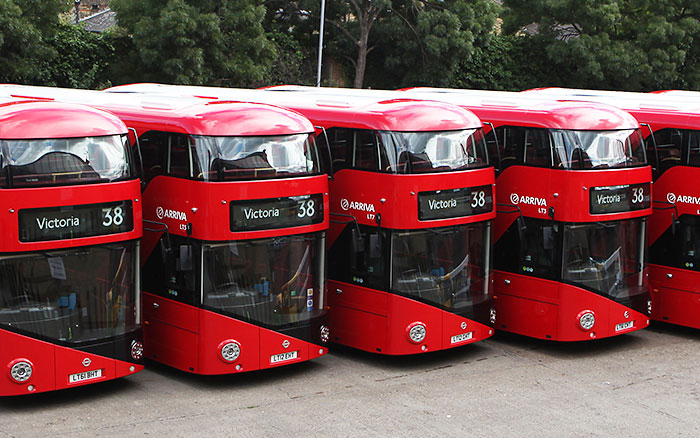
Londoners’ affection for their buses runs deep (Transport for London)
The green design was intended to be a replacement for the AEC Routemaster that began service in the capital in the 1950s as a replacement for a tram system.
They came to be an instantly recognisable symbol for the whole city and as a result there was widespread resistance to their phasing out in the early 2000s, and great interest in their replacement by high-tech lookalikes in the 2010s.
Their introduction was the centrepiece of Johnson’s campaign to become mayor of London in 2008, and there were hopes that the new design would replicate the style of the old buses, in particular the open rear with its pole and platform that allowed passengers to "hop on and off" whenever the bus came to a halt.
After Johnson’s election victory a design competition was held and attracted entries from many of the UK’s heavyweight designers, such as Foster + Partners, which produced a glass roofed model, and Future Systems, which opted for hydrogen fuel cells.
The winner was Heatherwick Studio’s nostalgic re-imagining of its 1950s predecessor, which was manufactured by Northern Irish firm Wrightbus.
The first bus entered service on 27 February 2012. According to TfL’s tests, the new Routemaster produced around half the carbon dioxide and a quarter of the particulate matter and nitrogen oxide of conventional diesel buses, and was more fuel efficient.
Comments
Comments are closed.






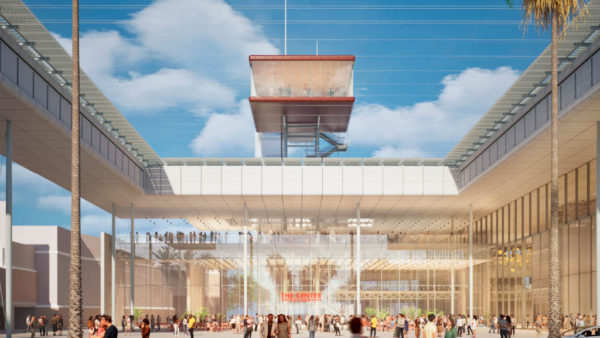
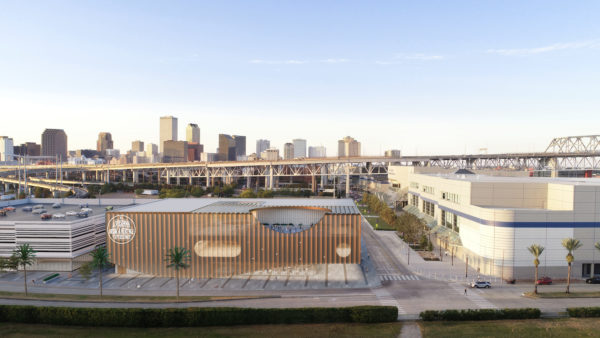

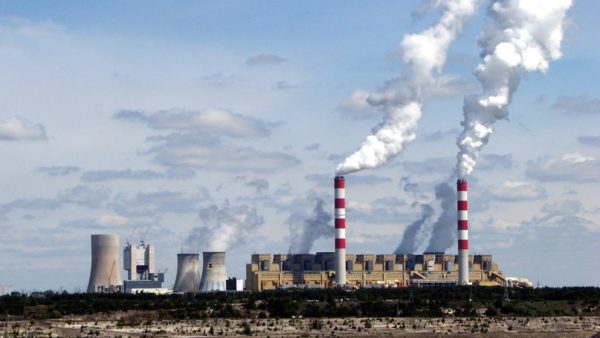
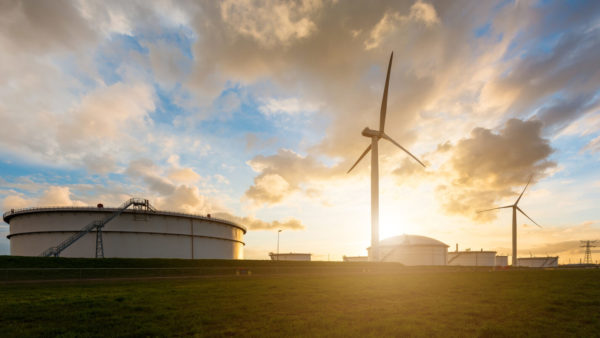
The batteries seem to be the weak link. How long will they last and how much energy is spent in making them? Of course you could have overhead wires and stick a couple of poles on top and make it a trolleybus. That could be truly green and maybe more reliable.